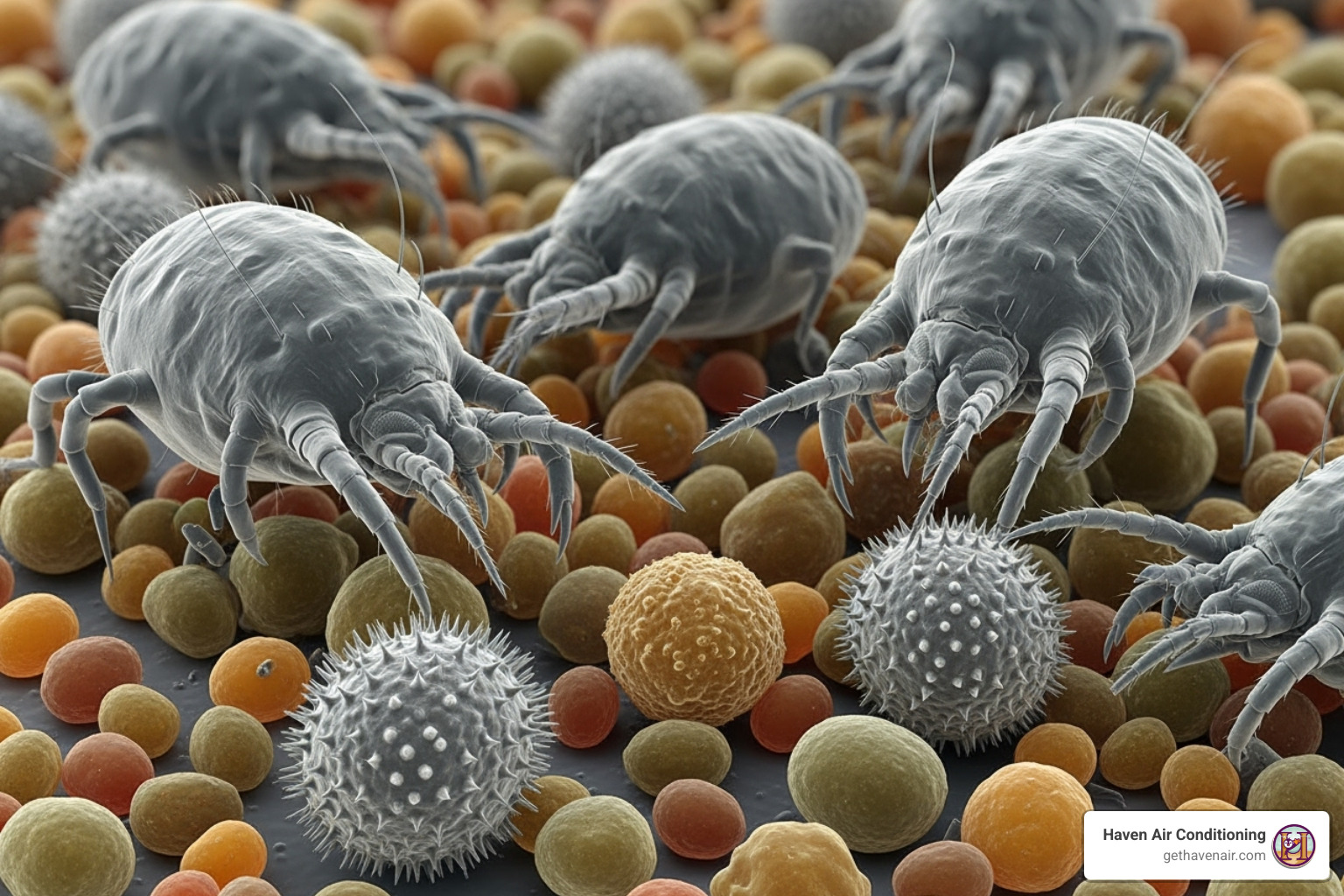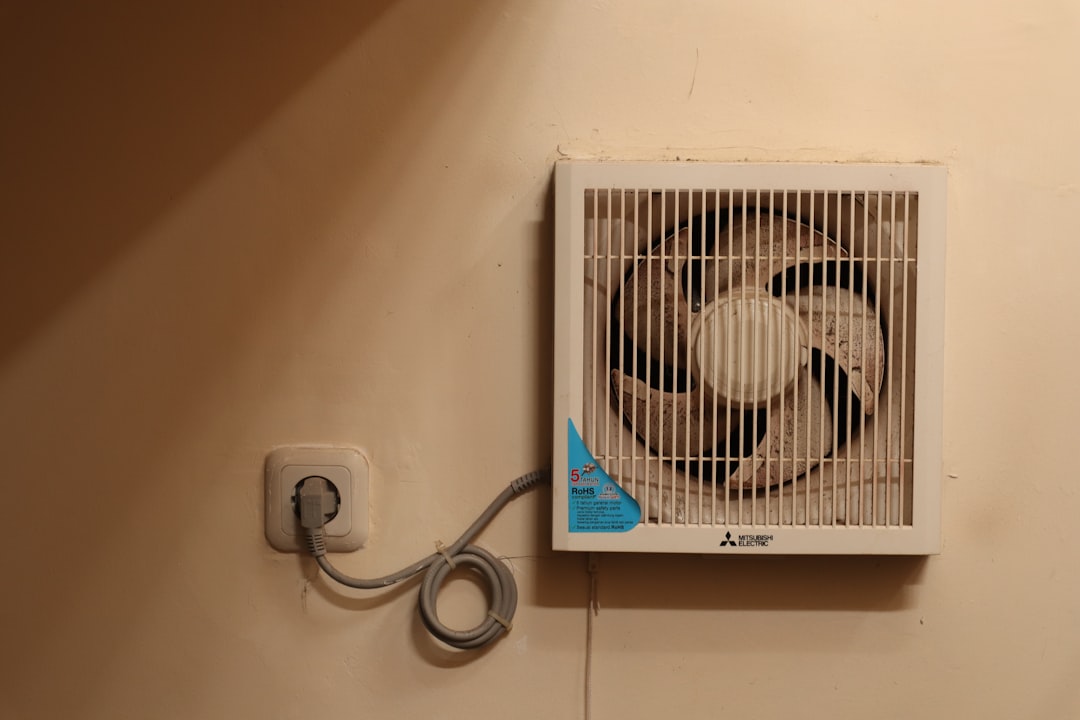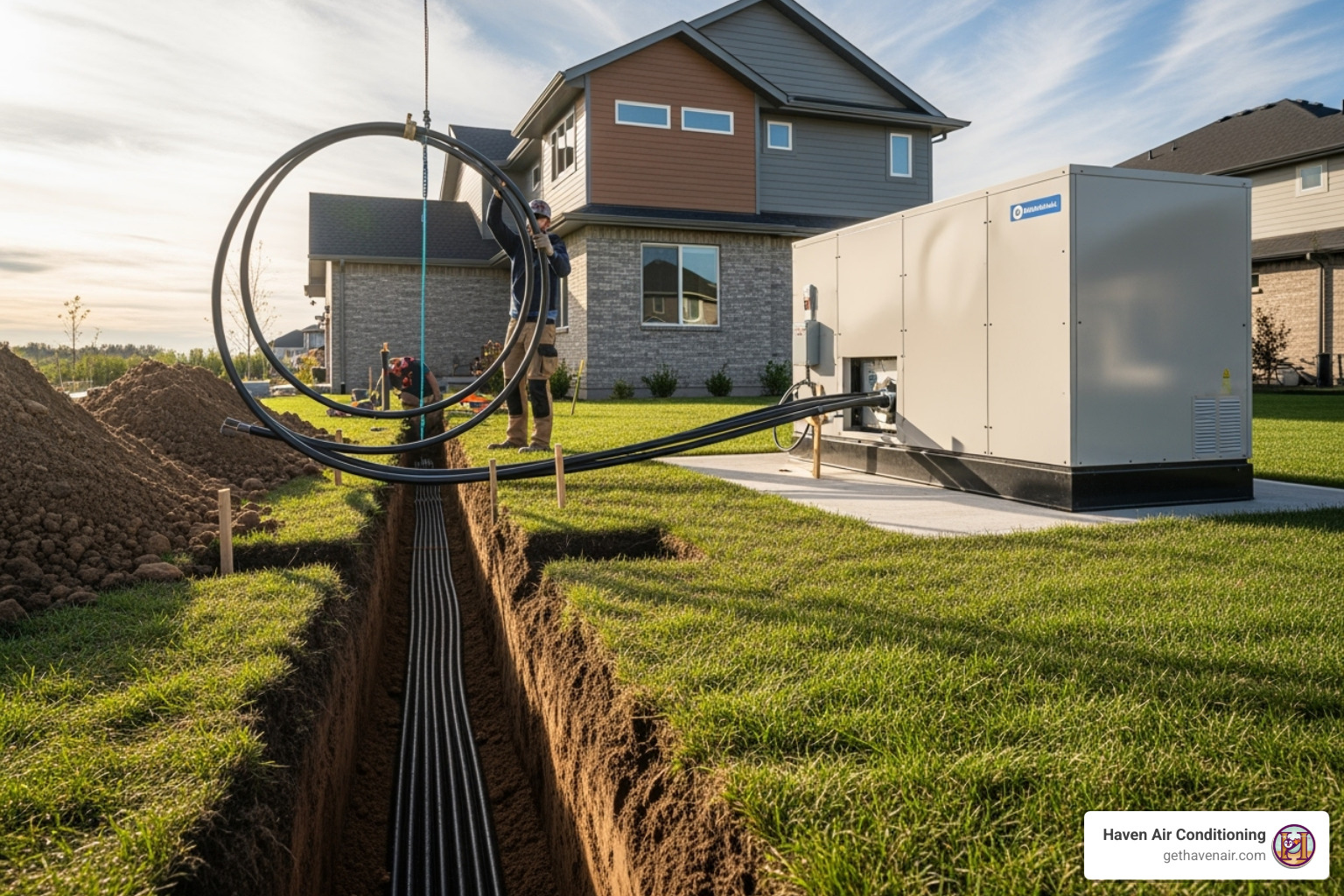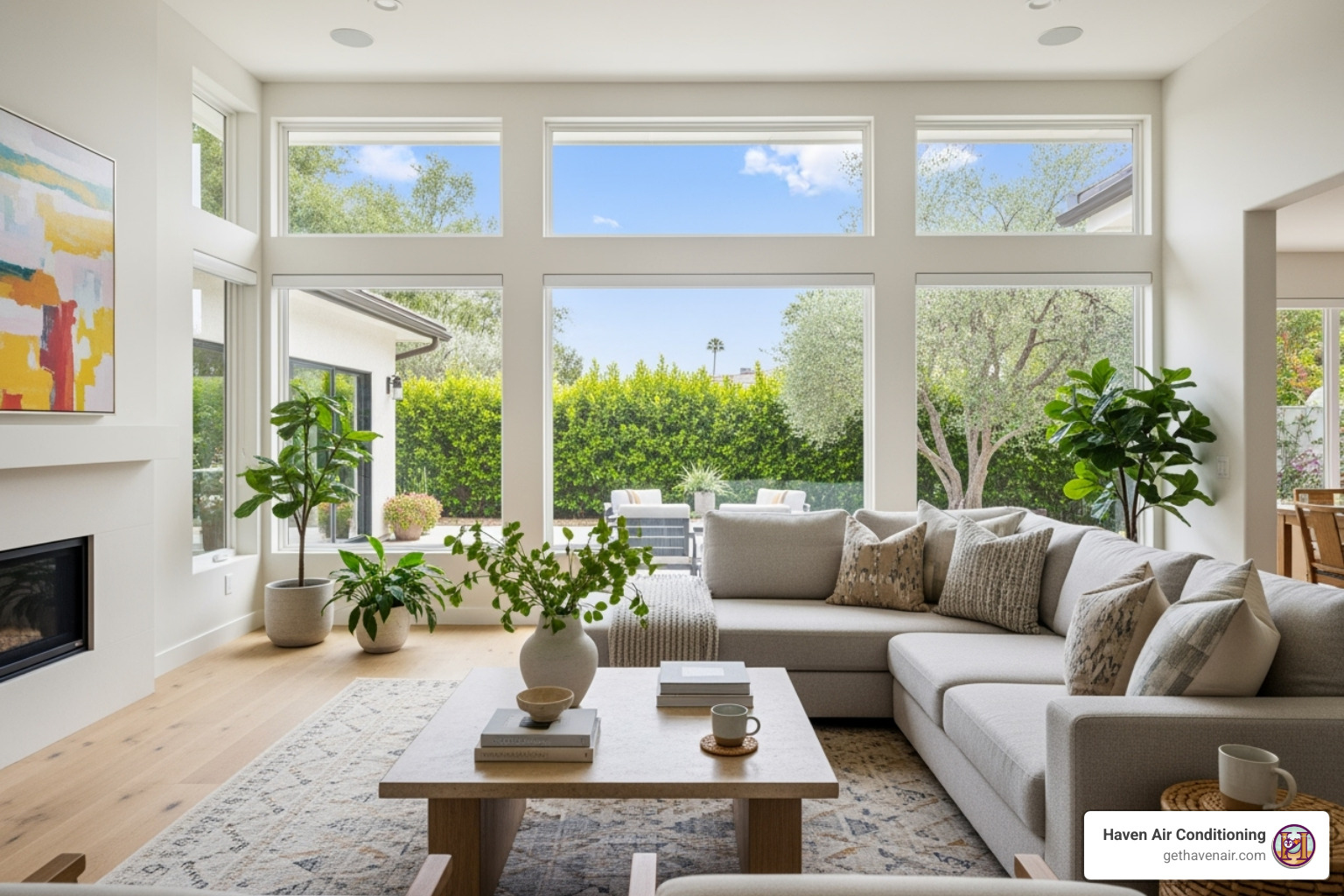Why Better Indoor Air Quality Matters for Your Health
Achieving better indoor air quality starts with three proven strategies: eliminating pollution sources, improving ventilation, and using effective air filtration. Given that Americans spend roughly 90% of their time indoors, and indoor pollutant levels can be 2-5 times higher than outdoor air, addressing the air you breathe at home isn’t optional—it’s essential for your family’s health.
Quick action steps for better indoor air quality:
- Control sources – Use low-VOC products, avoid indoor smoking, and reduce chemical use
- Increase ventilation – Open windows when possible, run exhaust fans, and ensure proper airflow
- Filter the air – Upgrade HVAC filters to MERV 13 and consider air purifiers for high-traffic rooms
If you’re experiencing unexplained headaches or allergy symptoms in your Orange County home, your indoor air might be the culprit. Poor IAQ affects everyone but is especially hard on children, the elderly, and those with respiratory conditions. The good news is that meaningful improvements are within reach.
For comprehensive solutions custom to your home, explore our indoor air quality services, or if you’re ready to take action, schedule a consultation with Haven Air Conditioning today.
This guide walks you through science-backed strategies that work. You’ll learn how to identify pollutants like dust, mold, and VOCs and implement practical fixes that deliver results.
Understanding the Invisible Threats in Your Home
The air inside your home is likely working against you in ways you can’t see, smell, or immediately feel. The EPA has found that indoor air pollutant levels can be 2 to 5 times higher than outdoor air, and sometimes much more. Your home may be harboring invisible threats that impact your health daily.
Poor IAQ can cause subtle symptoms like persistent headaches, scratchy eyes, and a lingering cough. For others, it can trigger asthma attacks, aggravate heart conditions, or cause serious respiratory distress.
The stakes are highest for the most vulnerable: young children with developing lungs, elderly family members with less resilient respiratory systems, and anyone with respiratory conditions like asthma or COPD. Long-term exposure is linked to serious health issues, including heart disease and cancer. This is why achieving better indoor air quality is about protecting the people you love.
The Primary Sources of Indoor Air Pollution
Indoor air pollutants often hide in plain sight.
Volatile Organic Compounds (VOCs) are gases released from products like new furniture, carpets, paint, and cleaning supplies. That “new furniture smell” is often formaldehyde and other VOCs off-gassing into your air.
Particulate Matter (PM2.5 and PM10) are microscopic particles that can travel deep into your lungs. Dust is a mix of skin cells and dust mite droppings. Smoke from cooking, candles, and tobacco creates harmful particles that linger long after the haze is gone.
Combustion byproducts from gas stoves, fireplaces, and furnaces can release harmful gases and particles. Gas appliances can leak carbon monoxide, while wood-burning creates significant particle pollution. You can find more details about common indoor pollutants and their specific health effects.
Allergens and Biological Contaminants
Biological contaminants are also a major concern, thriving in carpets, bedding, and damp areas.
Dust mites are microscopic creatures that feed on dead skin cells in warm, humid environments like mattresses. Their droppings trigger allergic reactions.
Pet dander—tiny flakes of skin from pets—is a potent allergen that becomes airborne and sticks around.
Mold and mildew grow wherever dampness lingers, like bathrooms and basements. They release spores that can cause everything from sneezing to serious asthma attacks.
Bacteria and viruses can become airborne, especially in poorly ventilated spaces.
For those with allergies or asthma, controlling these biological contaminants is essential for achieving better indoor air quality.
The Three Pillars for Better Indoor Air Quality
Improving your home’s air quality rests on three pillars identified by the EPA: source control, ventilation, and air cleaning. They work best when used together. You can tackle them one at a time; even small improvements in each area add up to cleaner air.
Pillar 1: Control the Source
The most effective way to achieve better indoor air quality is to stop pollutants at their source. This is the most powerful and often most affordable approach.
- Keep your home smoke-free. Secondhand and thirdhand smoke contain thousands of harmful chemicals. Smoking outside is critical for protecting everyone’s health.
- Choose low-VOC products. When painting or buying furniture, look for “low-VOC” or “no-VOC” labels. Solid wood is a better choice than composite wood made with glues that release formaldehyde.
- Store chemicals properly. Keep cleaners, paints, and solvents in tightly sealed containers in a well-ventilated area like a garage. When using them, open windows to clear fumes.
- Avoid artificial fragrances. Air fresheners and scented candles can release VOCs and particulates. For a fresh smell, open a window.
- Maintain fuel-burning appliances. Get gas stoves, furnaces, and water heaters inspected yearly to prevent dangerous leaks. Ensure fireplaces are properly vented and use them sparingly.
Pillar 2: Ventilate Your Space
Ventilation is simple: fresh air dilutes pollutants. It replaces stale indoor air, reducing the concentration of contaminants from daily activities like cooking and showering.
- Open your windows. When outdoor air is clean, opening windows for even 10 minutes a day creates cross-ventilation that flushes out pollutants.
- Use exhaust fans. Run your kitchen fan (vented outside) when cooking. Use your bathroom fan during and for 20 minutes after showering to remove moisture and prevent mold.
- Consider whole-house ventilation. Modern, tightly sealed homes can trap pollutants. Systems like HRVs and ERVs continuously exchange stale indoor air for fresh, filtered outdoor air while saving energy. The U.S. Department of Energy provides detailed information on whole-house ventilation systems.
- Use your HVAC fan. Running your system’s fan continuously circulates air through its filter, but remember it only recirculates indoor air; it doesn’t bring in fresh air from outside.
Pillar 3: Clean the Air
Air cleaning is the final layer of defense, capturing pollutants that remain after source control and ventilation. This involves using filters and purifiers to capture particles, gases, and biological contaminants. Your HVAC filter provides baseline filtration for your whole home.
Portable air purifiers are great for single rooms, while whole-home systems integrate with your HVAC to treat the air everywhere. They use advanced filters to tackle microscopic particles, gases, and germs.
Air cleaning complements source control and ventilation. All three pillars working together create the healthiest indoor environment.
Your HVAC System’s Role in Cleaner Air
Your HVAC system is a powerful tool for achieving better indoor air quality. It circulates and filters the air you breathe every day. Most residential HVAC systems recirculate indoor air rather than bringing in fresh outdoor air. This makes your HVAC filter the first line of defense against airborne particles.
Regular maintenance is key. A well-maintained system filters air efficiently, while a neglected one can spread contaminants. Regular filter changes and professional tune-ups are crucial for your family’s health.
Choosing the Right Filter for Better Indoor Air Quality
Your HVAC filter’s effectiveness is measured by its MERV (Minimum Efficiency Reporting Value) rating. Higher MERV ratings mean better filtration of airborne particles. MERV ratings for residential filters range from 1-16, measuring a filter’s ability to capture particles from 0.3 to 10 microns (a human hair is 50-70 microns).
- MERV 8: Offers basic protection, capturing pollen and dust mites. Good for homes without major allergy concerns.
- MERV 11: A significant upgrade, filtering fine dust, pet dander, and mold spores. Ideal for homes with pets or allergies.
- MERV 13: Recommended by ASHRAE for superior IAQ. Captures very fine particles like bacteria, smoke, and some virus carriers. Excellent for allergy sufferers or when outdoor air quality is poor.
The catch: Higher MERV filters are denser, which increases airflow resistance. This can strain your HVAC system. Before upgrading to MERV 13 or higher, consult an HVAC professional to ensure your system is compatible.
The Truth About Air Purifiers and HEPA Filters
HEPA filters are highly effective, removing over 99 percent of particles like dust, pollen, and pet dander. For those with allergies or asthma, they can be life-changing. They trap microscopic particles, reduce airborne pathogens, and leave you with noticeably cleaner air and less dust.
However, HEPA filters have limitations. They capture particles, not gases or odors like VOCs. For those, you need an activated carbon filter. Also, their density creates high airflow resistance. Most residential HVAC systems can’t handle a true HEPA filter without risking damage or reduced efficiency.
A portable HEPA purifier only cleans one room. For full coverage, you need multiple units or a whole-home air purification system integrated into your HVAC ductwork. These systems combine filtration types without stressing your equipment. Some purifiers also use UV (ultraviolet) light to inactivate airborne germs like bacteria and viruses, adding another layer of protection.
The bottom line: Air purifiers are powerful but not one-size-fits-all. At Haven Air Conditioning, we assess your home and HVAC system to recommend the right solution for you.
Testing, Maintenance, and Special Considerations
Better indoor air quality is an ongoing commitment. It requires vigilance and knowing when to act to keep your air clean.
How to Test Your Home for Key Pollutants
Some of the most dangerous pollutants are invisible, which is why testing is essential.
Radon is a naturally occurring radioactive gas that seeps into homes through foundations. It’s the second leading cause of lung cancer in the U.S. You can’t know if it’s in your home without testing. Testing is easy and affordable. You can order a radon test kit, and if levels are high, professional mitigation provides a clear solution.
Carbon monoxide (CO) is a deadly, odorless gas produced by the incomplete burning of fuel in appliances like furnaces, water heaters, and gas stoves. CO poisoning symptoms mimic the flu and can be fatal. You must have certified carbon monoxide detectors on every floor, especially near bedrooms. Test them annually.
For pollutants like radon and CO, testing is simple and the fixes are proven. Other tests for mold or chemicals may require professional interpretation.
Practical Steps for Better Indoor Air Quality in Apartments
In an apartment, you may not control the building’s systems, but you can still take steps to achieve better indoor air quality.
- Run exhaust fans. Use kitchen and bathroom fans to remove moisture and pollutants. Ensure they vent outside.
- Use portable air purifiers. A unit with HEPA and activated carbon filters gives you localized control over air quality in rooms where you spend the most time.
- Ventilate strategically. Open windows when outdoor air is clean, but be mindful of nearby pollution sources. Check local air quality days.
- Seal gaps. Use weatherstripping and caulk around windows and doors to block outdoor pollutants.
- Talk to management. Report issues like mold, musty odors, or poor ventilation to your building management.
- Keep vents clear. Don’t block air vents with furniture or curtains, as this impedes airflow.
When Outdoor Air Is the Enemy
Sometimes, opening windows is a bad idea. During wildfire smoke events, high pollution days, or peak allergy seasons, outdoor air can be more harmful than indoor air. Fine particles (PM2.5) from wildfire smoke, urban smog, and high pollen counts can make outdoor air dangerous to breathe.
On these days, keep windows and doors closed. If you have central AC, set it to recirculate to avoid drawing in contaminated air. An upgraded HVAC filter (MERV 13 or higher) is crucial here. Paired with portable air purifiers, it can create a clean-air sanctuary in your home. Check local air quality days to know when it’s safe to open windows again.
Debunking IAQ Myths: What About Houseplants?
A persistent myth suggests houseplants purify indoor air. This idea comes from a 1989 NASA study conducted in a sealed lab chamber, which doesn’t reflect real-world home conditions. Recent research shows that in a normal home, you would need an impractical number of plants to have any meaningful effect on air quality.
Ventilation is far more effective at removing pollutants than houseplants. Worse, overwatering plants can create mold, which harms air quality. Enjoy plants for their beauty, but don’t rely on them for achieving better indoor air quality.
Frequently Asked Questions about Improving Indoor Air Quality
Here are answers to common questions we hear from Orange County homeowners about achieving better indoor air quality.
What is the ideal humidity level for a home?
The ideal humidity level for a home is between 30% and 50% relative humidity. Humidity above 50% encourages the growth of mold, mildew, and dust mites. Air that’s too dry (below 30%) can cause dry skin, irritate your throat, and damage wood floors and furniture.
Use a dehumidifier to remove excess moisture and a humidifier to add it back when the air is too dry. Whole-home units integrated with your HVAC system offer the most consistent control.
How do I know if my home has poor air quality?
Your body is often the first alarm. Symptoms like persistent headaches, fatigue, dizziness, or increased allergy/asthma issues that improve when you leave the house can indicate poor IAQ. Lingering odors (musty, chemical, or stale) also point to a problem. Visible signs include mold growth, excessive dust, and condensation on windows.
For a precise diagnosis, an indoor air quality monitor can track pollutants like PM2.5 and VOCs in real-time, helping you pinpoint problems.
Can I improve my air quality quickly?
Yes. Here are actions that deliver immediate results:
- Open windows for 5-10 minutes (when outdoor air is clean) to flush out stale air.
- Run exhaust fans when cooking or showering to remove fumes and moisture.
- Turn on your HVAC fan to continuously circulate air through your system’s filter.
- Dust with a damp cloth to trap particles instead of launching them into the air.
- Vacuum with a HEPA filter to remove allergens from carpets instead of just redistributing them.
These quick wins, done regularly, add up to significantly better indoor air quality.
Take the Next Step Toward a Healthier Home
Achieving better indoor air quality safeguards your family’s health. This guide has empowered you with actionable insights on the three pillars of IAQ management: controlling sources, improving ventilation, and cleaning the air. The journey to healthier air is ongoing, requiring proactive steps like regular HVAC maintenance, filter replacements, and testing for pollutants like radon and CO.
At Haven Air Conditioning, we help Orange County homeowners create healthier living environments. Our certified professionals specialize in comprehensive indoor air quality solutions, from HVAC tune-ups and filter upgrades to whole-home air purification.
Don’t let invisible threats compromise your family’s health. Take the next step toward a home where every breath is clean and refreshing. Learn more about our indoor air quality services and let us help you open up the secrets to superior indoor air quality today.









